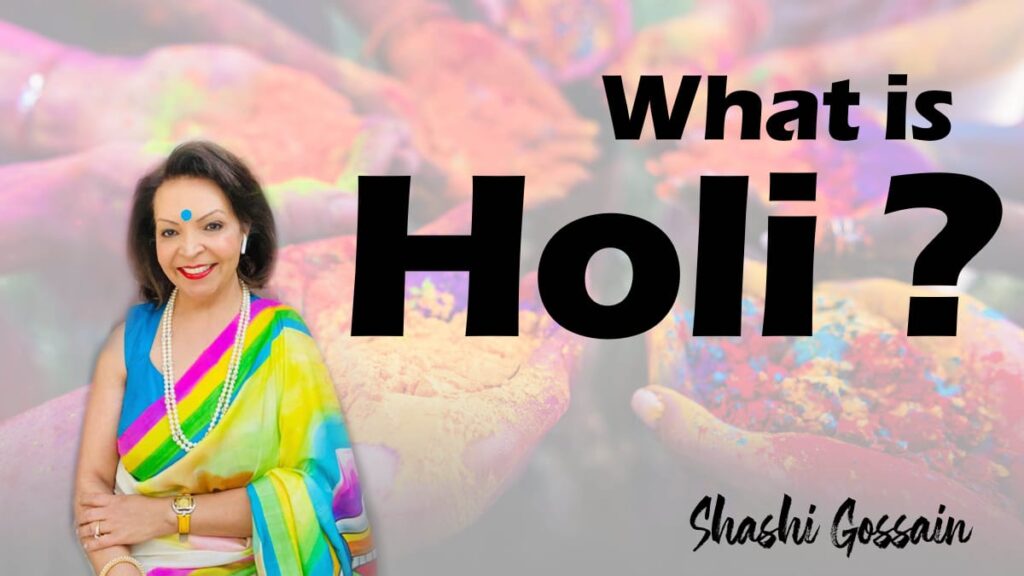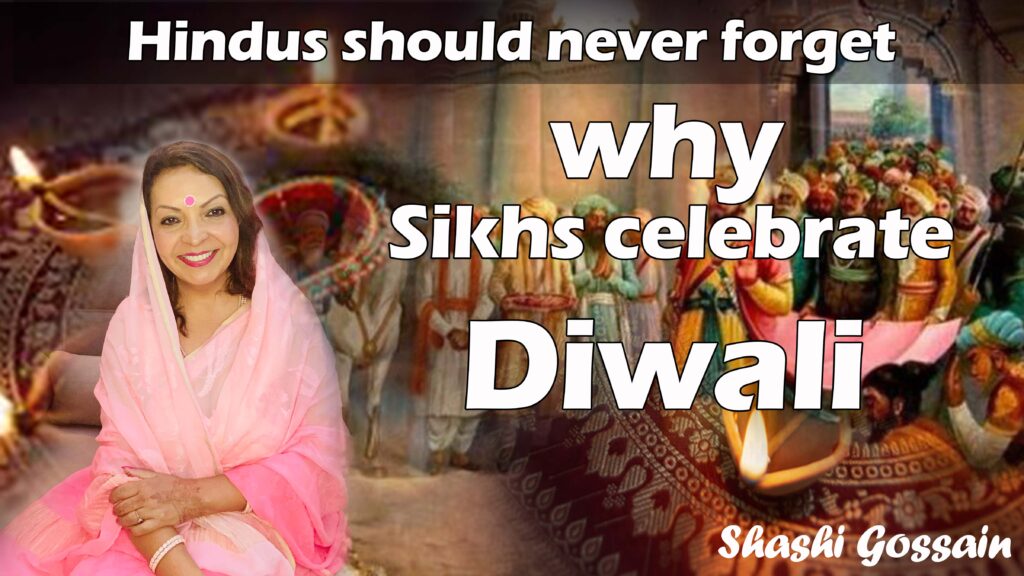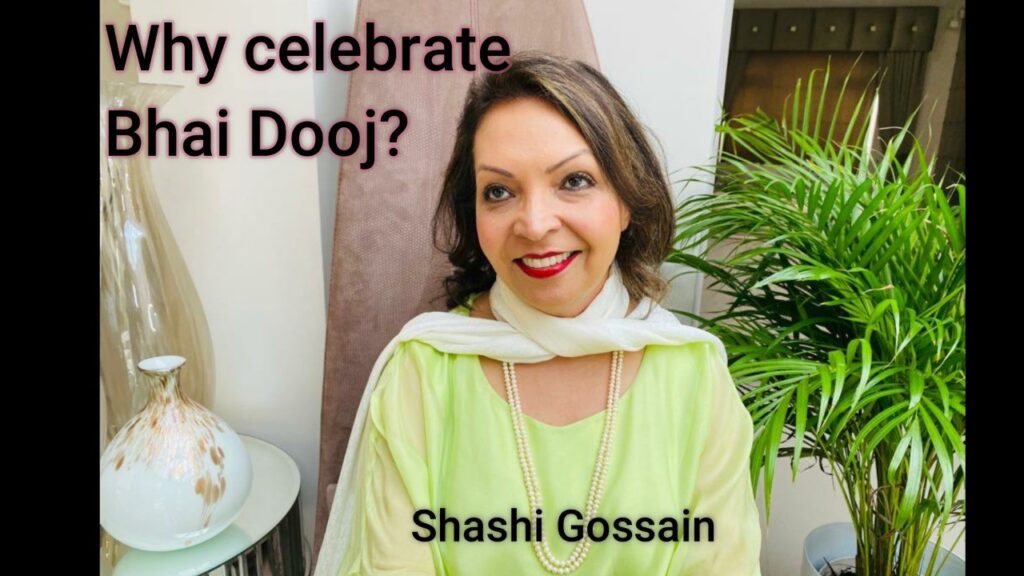India, a land of festivals. Almost every second day in India we can observe some festival. Today I will talk about most colourful, joyous and vibrant festival, yes that is Holi.
What is Holi and why is it celebrated?
Hinduism dates back more than 5,000 years, and the ancient scriptures are full of stories that depicted a way of life and morals behind them. One such festival is Holi, which is the most vibrant, joyous & colourful festival in the Hindu calendar. Holi is also known as the festival of spring, festival of colours and festival of love.
Holi 2021- Sunday, 28 March – Monday, 29 March
Where Holi is most celebrated?
It is celebrated by Hindus throughout the world & is a national holiday in India & Nepal. Holi is called Rangapanchami is some parts of India, due to its association of colours.
What is the purpose of Holi?
The Holi festival signifies the triumph of good over evil. The festival of Holi celebrates Time. It signifies the ‘Passing of seasons’, ‘end of winter‘, ‘arrival of spring’, ‘blossoming of nature’ and ‘a time of love’. India, being an agricultural society, the festival celebrates nature & agriculture, omen for good spring harvests, prayers for the fertile land. The Holi festival has a cultural significance also. It’s a festive day to end and rid oneself of past errors, end conflicts by meeting others, a day to forget and forgive, enjoy the changing seasons and make new friends, make new starts, which generates harmony in society. Holi is a chance to meet others, play and laugh, dance & sing, throw coloured powder & water baloons and repair broken relationships. Holi also has a deeper, spiritual meaning. The celebration of the passing of the seasons, signifies Time & emphasises the transient, illusory nature of the material world, which is taught in the Bhagavad Gita.
How is Holi celebrated?
Holi starts from the full moon night in March, and goes on to the following day. The first night of Holi, is called, Holika Dahan, which signifies the burning of demon Holika. Friends & neighbours get together to perform religious rituals in front of the bonfire, and pray that their internal evil be destroyed. People light bonfires with an effigy of Holika, and throw:
- Popcorn
- Coconut
- Wood
- Dried leaves
- Twigs into bonfires
This signifies the burning of evil, of victory of good over evil. The next day, called, Rangwali Holi, entire streets and towns turn red, green, blue and yellow as people throw coloured powder into the air, smear each other’s faces, and splash coloured water, called gulal, through water guns, called pichkaris. Anyone and everyone is fair game, friend or stranger, rich or poor, man or woman, children, and elders. It’s a symbol for friendship & forgiveness. Groups carry drums and other musical instruments; go through streets, singing and dancing. A customary drink called bhang is often consumed. This is an intoxicating drink made from cannabis, which is made legal for the day & sold from Government licensed outlets. By the end of the day, every one looks like a canvas of colours. This is why Holi is given the name “Festival of Colours”. In the evening, after sobering & washing up, festive meals and sweets are shared.
What is the meaning of colours?
It signifies spring’s abundant colours. Each colour has its beauty & significance. Traditionally, washable natural colours were extracted from flowers and herbs; which in the hot climate of India tend to produce bright natural dyes. However, today, water-based commercial pigments are increasingly used, which gives a bigger variety of colours. Each colour carries a symbolic meaning:
- Red: love and fertility
- Green: nature & new beginnings
- Blue: complexion of the Gods
- Yellow: rays of the sun
There are many legends that tell the origin of Holi.
Legend of Radha & Krishna
There is a symbolic divine story behind the use of colours. As a baby, Krishna developed his characteristic dark skin colour because the demoness, Putana, poisoned him with her breast milk. In his youth, Krishna despaired whether the fair-skinned Radha would like him because of his dark skin colour. His mother, tired of his desperation, asks him to approach Radha and ask her to colour his face in any colour she wanted. This she did, and Radha and Krishna became a couple. This developed into the practical jokes and games of Holi. Ever since, the playful colouring of Radha and Krishna’s face has been commemorated as Holi.
Legend of Lord Vishnu
One the most popular one is of Lord Vishnu and his devotee, Prahlada. There was a demonic King called Hiranyakashap, who through penance, had received a boon with five special powers: he could not be killed:
- by either a human being nor an animal,
- indoors nor outdoors
- day nor at night
- projectile weapons nor any handheld weapons
- Land, water or air.
Hiranyakashap grew arrogant, thought he was God, and demanded that everyone should worship him only.
But, his own son, Prahlada, disagreed & remained devoted to Vishnu. This infuriated the king. He subjected Prahlada to cruel punishments, none of which affected the boy or his resolve to do what he thought was right. Finally, Holika, Prahlada’s evil aunt, tricked him into sitting on a pyre of fire with her. Holika was wearing a cloak that would have protected her from any injury, while Prahlada was not. As the fire roared, the cloak flew from Holika and encased Prahlada, who survived while Holika burned.
How was the evil Hiranyakashyap killed?
Vishnu, the god who appears as an avatar to restore dharma or righteousness in Hindu beliefs, took the form of Narasimha, which was:
- half human and half lion (which is neither a human nor an animal),
- at dusk (when it was neither day nor night),
- took the king to the doorstep (which was neither indoors nor outdoors),
- placed him on his lap (which was neither land, water nor air),
- and then killed the king with his lion claws (neither a handheld nor a launched weapon).
The Holika bonfire and Holi signifies the celebration of the symbolic victory of good over evil, of Prahlada over Hiranyakashap. There’s another legend, linked to Lord Shiva
Legend of Kamdeva and Rati
Lord Shiva’s wife, Parvati, wanted to bring her husband, who was in deep meditation in the mountains, back into the world. She sought the help of the God of Love, Kamadeva. The love God shot arrows of flowers at Shiva to attract his attention. Shivji was furious at being woken from a meditative state. He opened his third eye and burned Kamadeva to ashes. This upset both Kama’s wife, Rati & and his own wife Parvati. Ratiwent into her own meditative state for 40 days to get her husband, Kamadeva back. Shivji felt compassionate & forgave Kamadeva & revived the God of love. This is celebrated as Holi, which is on the 40th day after the Vasant Panchami festival. There are paintings and poems showing that Holi was even celebrated by the Moghuls, up to the time of Aurangzeb.
Why Sikh people celebrate Hola Mohalla?
Sikhs have also traditionally celebrated the festival. Guru Gobind Singhji modified Holi as a 3-day festival, called Hola Mohalla. It’s celebrated as the “festival of martial arts”, where mock battles, horsemanship, athletics, archery and military exercises are displayed. Holi was celebrated by Maharaja Ranjit Singh in his Sikh Empire. In 1837, even, Sir Henry Fane who was the commander-in-chief of the British Indian army joined the Holi celebrations organised by Ranjit Singh. After the death of Ranjit Singh, his Sikh sons and others continued to play Holi every year with colours, with merriment and lavish festivities. It’s the community spirit & bonding festivals that makes Hinduism so special.



